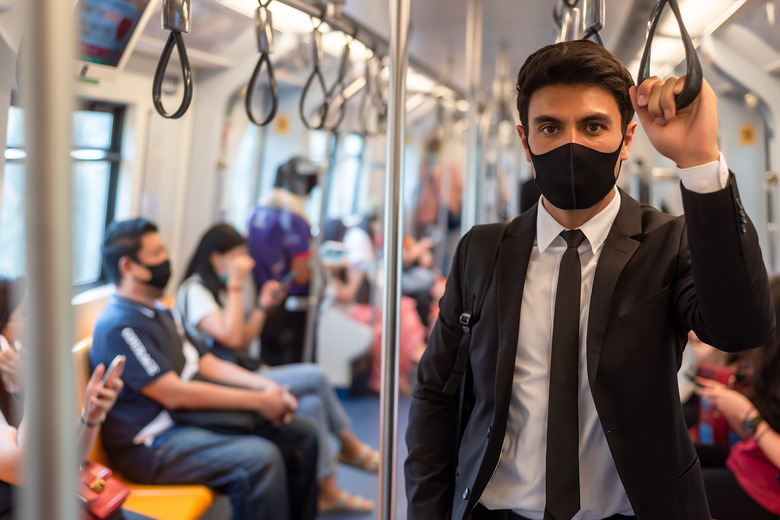These Are The Only 7 States That Have Coronavirus Outbreaks Under Control
- The U.S. over the weekend saw more than 85,000 new coronavirus cases, a record-breaking figure.
- Many health experts warn that the worst is yet to come now that colder weather is setting in.
- Most coronavirus transmissions are now occurring in the home, according to experts.
Last week, a top infectious disease doctor warned that the next 2-3 months "are going to be the darkest of the entire pandemic." Far from an exaggerated statement meant to scare the general public, we're already starting to see a massive and worrisome spike in new coronavirus infections.
Taking a look at coronavirus data from the past few days shows the extent to which the virus is spreading rapidly across most parts of the country. This past Friday, for example, states reported more than 85,000 new coronavirus cases, a figure which set a new record for new cases within a 24-hour period. Over the last two weeks, the number of coronavirus cases in the U.S. has shot up by 32% while the number of deaths attributable to the coronavirus has increased by 12%.
Currently, 33 states are seeing a huge upswing in coronavirus infections. Wisconsin in particular has become a new coronavirus hotspot, with the state over the past two weeks reporting an 80% increase in new cases, a 154% increase in deaths, and a 41% increase in hospitalizations. The situation in Wisconsin became so dire that the state was forced to build a field hospital just outside of Milwaukee to help handle an influx of new patients.
Even more worrisome is that states where the incidence of coronavirus infections is currently low are starting to see a spike in new cases as well. Take Arizona, for example. The state was formerly a COVID-19 hotspot back in July but eventually managed to get things under control by early September. Over the past two weeks, however, Arizona has seen 46% more coronavirus cases and a 21% increase in coronavirus-related hospitalizations.
All told, there are only seven states (including the D.C. area) in the entire country that have managed to effectively keep the coronavirus at bay.
These areas, according to up-to-date statistics from The New York Times, include Louisiana, Delaware, Virginia, Maryland, Oregon, the Washington D.C. area, and Hawaii.
Does this mean that the states above are seeing a huge decrease in new coronavirus cases? Not necessarily. Rather, the states above are doing enough to keep the coronavirus from spreading far and wide. In Oregon, for example, coronavirus infections have increased by just 3% over the last two weeks. Delaware, meanwhile, has seen its coronavirus infection rate dip by 2% over the last two weeks.
It's important not to get too optimistic about even encouraging coronavirus data given how quickly and suddenly outbreaks can occur. Illinois, for example, was doing a decent job of keeping the coronavirus infection rate steady in August and September. This past Saturday, though, the state reported 5,900 new coronavirus cases, a figure which is more than double what it was just two weeks prior.
All that said, it's as important as ever for people to adhere to coronavirus safety guidelines such as social distancing, proper social hygiene, and mask-wearing. Especially with colder weather driving people indoors — where the coronavirus can spread more easily — following safety guidelines is imperative. Highlighting the extent to which the coronavirus can spread, recall that a 13-year a few months ago spread the coronavirus to 14 family members (and across 4 states, no less) after spending time with relatives at a vacation house earlier this summer.
